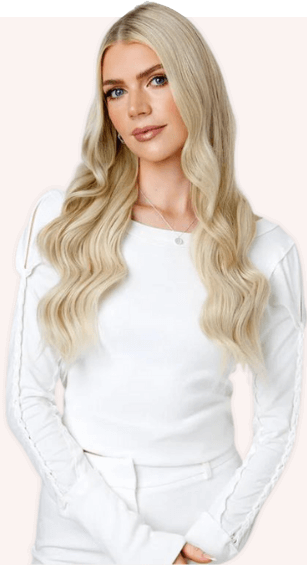Dandruff can be annoying and uncomfortable, especially when it shows up on clothes or scalp. It’s a common scalp condition that can make you feel embarrassed. You can find many over-the-counter remedies and expensive shampoos that promise to get rid of dandruff. However, sometimes the best solutions can be found in your own kitchen. In this blog, we’ll talk about the causes of dandruff and reveal an effective home remedy dandruff treatment that can help you say goodbye to those pesky flakes for good. We’ll start by discussing what is dandruff.
I. What is Dandruff and Symptoms of Dandruff?
Dandruff is a common scalp condition characterized by the shedding of small, white or grayish flakes of dead skin from the scalp. These flakes often become noticeable on the hair, shoulders, and clothing. While dandruff is not a serious medical condition, it can be embarrassing and uncomfortable for those who experience it.
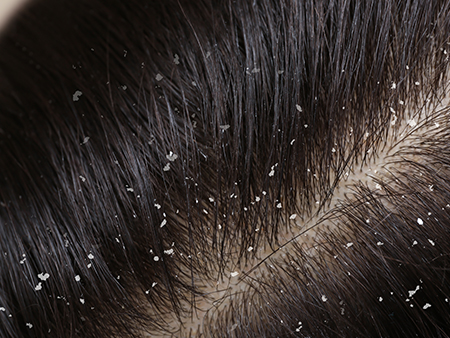
The primary symptoms and characteristics of dandruff include:
- Flakes: The most recognizable sign of dandruff is the presence of flakes on the scalp and in the hair. These flakes can vary in size and can be easily dislodged by scratching or brushing the hair.
- Itchiness: Dandruff is often accompanied by an itchy scalp. The itchiness can be mild to severe and may lead to increased scratching, which can further irritate the scalp.
- Dryness: Dandruff can make the scalp feel dry and tight. It may also lead to dry patches on the scalp.
- Redness: In some cases, dandruff can cause mild redness and irritation of the scalp.
Dandruff is a common condition that can affect people of all ages and backgrounds. So what causes dandruff?
II. What Causes Dandruff?
Dandruff is a common scalp condition characterized by the shedding of white, oily flakes of dead skin from the scalp. It can be caused by a variety of factors, and understanding these underlying causes is crucial to effectively treating and preventing dandruff. Here are some of the primary causes of dandruff:
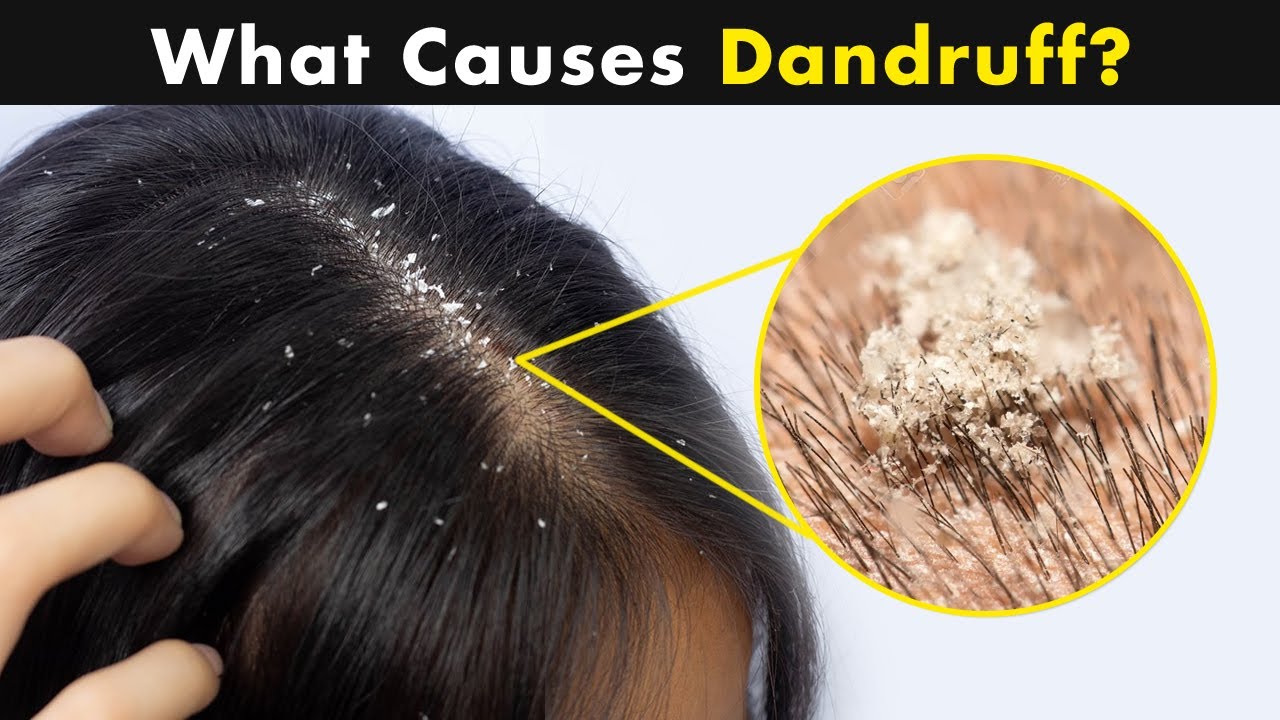
- Malassezia Fungus: One of the leading causes of dandruff is the presence of a yeast-like fungus called Malassezia on the scalp. An overgrowth of Malassezia can lead to irritation and an accelerated shedding of skin cells, resulting in dandruff.
- Dry Scalp: Dry scalp is a common culprit for dandruff. When the scalp becomes dry and flaky, it’s more prone to dandruff.
- Seborrheic Dermatitis: This is a more severe form of dandruff characterized by red, itchy, and scaly skin.
- Poor Hygiene: Inadequate shampooing and cleansing of the scalp can lead to a buildup of dead skin cells, oils, and product residues, creating an environment conducive to dandruff.
- Diet and Lifestyle: Certain dietary factors and lifestyle choices can contribute to dandruff. A diet lacking in essential nutrients or high in sugar and unhealthy fats may exacerbate dandruff symptoms. Stress, lack of sleep, and excessive alcohol consumption can also play a role.
Understanding the specific cause of your dandruff is the first step towards effective management and achieving a healthy, flake-free scalp.
III. How To Get Rid of Dandruff?
While dandruff is not usually a serious medical concern, it can affect people of all ages and backgrounds. Fortunately, there are various treatments and home remedies available to address dandruff, depending on its underlying cause. Let’s explore powerful home remedies to help you combat dandruff naturally.
Home Remedy Dandruff Treatment #1: Tea Tree Oil
Tea tree oil is a natural remedy that is often used to help treat dandruff due to its antifungal, antibacterial, and anti-inflammatory properties. However, tea tree oil may also cause irritation in those with sensitive skin. Therefore, it’s best to dilute it by adding a few drops to a carrier oil such as jojoba or coconut oil before applying it directly to your skin. Here’s how you can use tea tree oil to effectively address dandruff:
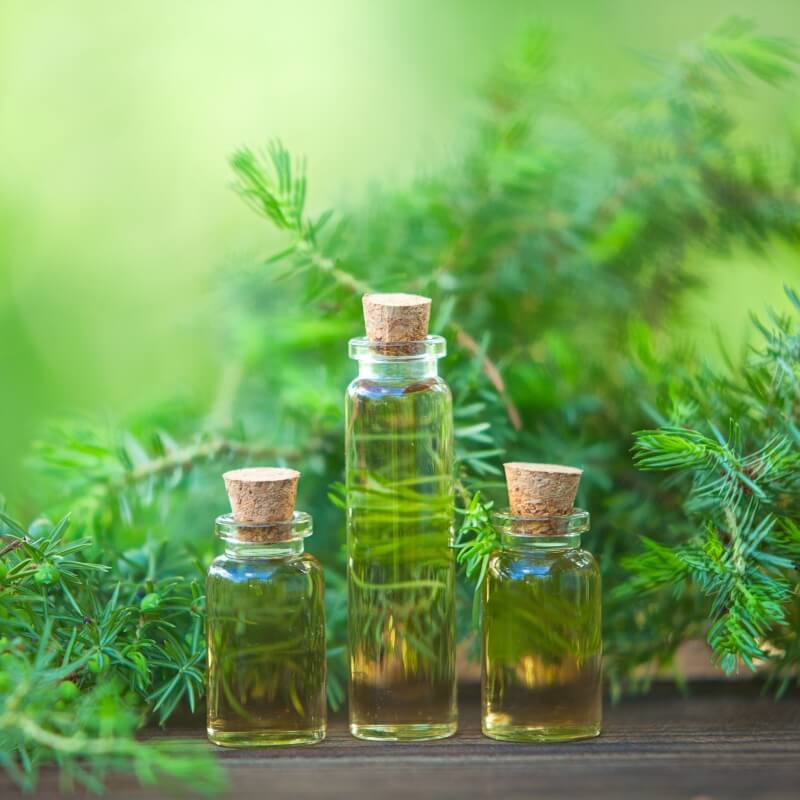
- Mix a few drops of tea tree oil with a carrier oil like coconut oil or jojoba oil. Use a 1:10 ratio (1 part tea tree oil to 10 parts carrier oil).
- Apply this mixture directly to your scalp, gently massaging it in.
- Leave it on for at least 30 minutes or overnight for a deep treatment.
- Shampoo and rinse your hair as usual.
→ Using tea tree oil as a natural remedy for dandruff can be effective for many people, but it’s essential to be patient and consistent in your application for the best results.
Home Remedy Dandruff Treatment #2: Aloe Vera
The humble house plant, Aloe Vera is actually a stellar dandruff home remedy and decor choice. Aloe vera is a natural and soothing remedy that can help alleviate the symptoms of dandruff, particularly itchy scalp and dry scalp. With a hoard of healthy benefits for your skin and inside, the healing and fungal fighting properties in aloe can combat several types of fungi while also aiding scalp inflammation. It can also help reduce inflammation and promote a healthier scalp environment. You can use pure aloe vera gel directly from the plant or purchase an aloe vera gel without added chemicals. Follow these steps:
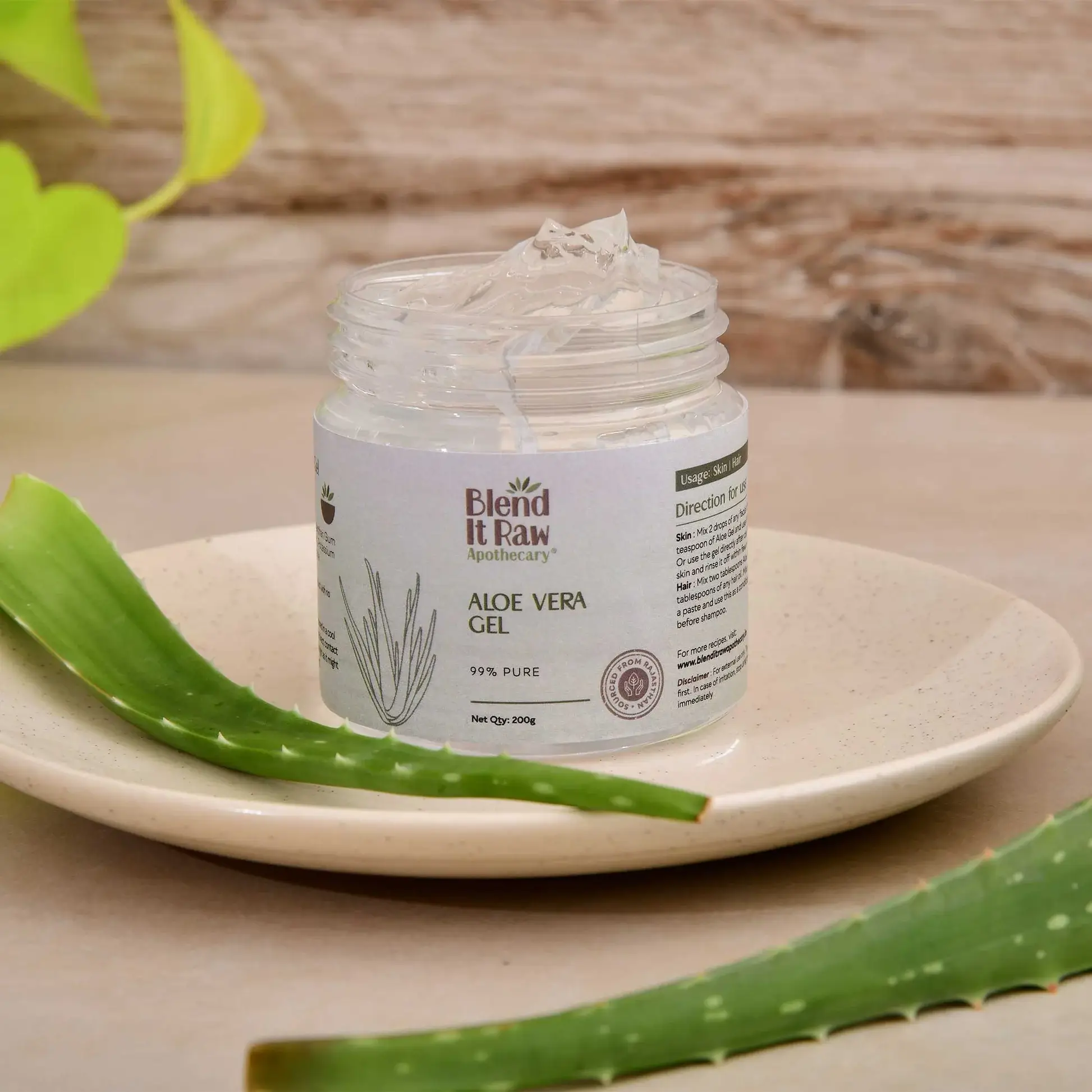
- Scoop out fresh aloe vera gel from an aloe leaf or use a store-bought aloe vera gel.
- Apply the aloe vera gel directly to your clean, damp scalp.
- Gently massage it into your scalp, ensuring even coverage.
- Leave the aloe vera gel on your scalp for about 30 minutes.
- Rinse it out thoroughly with lukewarm water.
- You can do this 2-3 times a week for best results.
→ Aloe vera is generally well-tolerated and can be a soothing and natural option for addressing dandruff and promoting a healthier scalp. However, everyone’s skin is different, so it’s essential to monitor your scalp’s reaction and discontinue use if you experience any adverse effects.
Home Remedy Dandruff Treatment #3: Apple Cider Vinegar
Apple cider vinegar (ACV) is a popular natural remedy for treating dandruff. It has antimicrobial and anti-inflammatory properties that can help balance the pH of the scalp, reduce the growth of the fungus that can lead to dandruff, and provide relief from itchiness. Adding an apple cider vinegar rinse to your hair routine once every two weeks will be your secret weapon. This is also one of the most common ways to use ACV for dandruff treatment:

- Mix equal parts of apple cider vinegar and water in a bowl or spray bottle. For example, you can start with 1/2 cup of ACV and 1/2 cup of water and adjust as needed.
- After shampooing your hair, apply the ACV mixture directly to your scalp.
- Gently massage it into your scalp and let it sit for 5-10 minutes.
- Rinse your hair thoroughly with cool water to remove the vinegar smell.
- You can do this 1-2 times a week for dandruff control.
Home Remedy Dandruff Treatment #4: Baking Soda
Baking soda is a quick, convenient, and readily available dandruff remedy. Baking soda is mildly abrasive and has antifungal properties that can help reduce the flakiness and itching associated with dandruff. Here’s how you can use baking soda to treat dandruff:

- Wet your hair and scalp thoroughly.
- Take a handful of baking soda (about 1-2 tablespoons) and apply it directly to your wet scalp. You can add a bit more if you have longer or thicker hair.
- Gently massage the baking soda into your scalp, focusing on areas with dandruff.
- Leave the baking soda on your scalp for a few minutes, but be cautious not to leave it on for too long, as it can dry.
- Rinse your hair thoroughly with warm water.
- You can do this once a week or as needed.
→ While baking soda may provide relief from dandruff for some individuals, it’s not a one-size-fits-all solution, and results can vary. Additionally, maintaining good scalp hygiene and using an appropriate dandruff shampoo may be necessary for more severe cases of dandruff.
IV. Conclusion
Say goodbye to the itchy scalp, the constant urge to scratch, and the self-consciousness that dandruff brings, and say hello to a simple, cost-effective solution that might already be in your pantry. We hope that our blog post can become the key to helping you have a flake-free, healthy scalp without the need for harsh chemicals or expensive treatments.


 BEST SELLING PRODUCTS
BEST SELLING PRODUCTS Wig Hair
Wig Hair WHOLESALE
WHOLESALE Contact us
Contact us Sale Events
Sale Events
